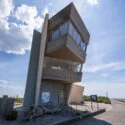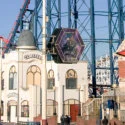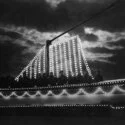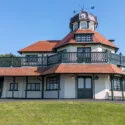Lowther Gardens, a cherished public space in Lytham, were established in 1872 as a gift from John Talbot Clifton of Lytham Hall to the local community and visitors. The gardens, built on what was once poor grazing land known as Hungry Moor, were named in honour of Clifton’s wife’s family, the Lowthers, to mark her brother, Henry Lowther, becoming the 3rd Earl of Lonsdale. Initially, the upkeep of the gardens was funded by the Clifton family until 1905 when ownership transferred to Lytham Urban District Council, to be held in trust. The gardens saw their first permanent entertainment venue in 1909 with the construction of a bandstand, which quickly became a popular spot for performances by the Lytham Town Band and later the Lytham Ladies Orchestra. Despite the success of the bandstand, it was felt that a more permanent venue was needed to provide year-round entertainment sheltered from the elements. This led to the building of the original pavilion in 1921, which featured a barrel-vaulted auditorium, also named after the Lowther family to continue the tradition. Councillor Holden reported that the pavilion was sufficiently advanced to host events during bad weather, a decision that proved to be a great success, with music performed by Mr. J. Walsh’s Bijou Orchestra. In 1922, the pavilion was expanded to include a café with views over the gardens, along with a stage house and dressing room facilities.
The structure of the pavilion, with its timber frame and heavily glazed facades, was designed to offer picturesque views of the gardens. The venue soon became the centre of local entertainment after a fire in 1928 destroyed the pavilion at Lytham Pier, which had been the main site for theatrical performances. As a result, the Lytham Amateur Operatic Society relocated to Lowther Pavilion, staging their first production, Highwayman Love, there and continuing to use it for performances to this day. Throughout the 1950s and 60s, the pavilion thrived as a cultural hub, hosting bands such as Fleetwood Mac, Thin Lizzy, Hawkwind, Steely Dan, and Jethro Tull. The venue adapted to the times by converting the auditorium into a flat-floor concert space, removing the seating for major music events. However, by the early 1970s, like many similar facilities, attendance began to decline, and the pavilion’s future came under threat, with discussions of potential demolition emerging. In 1976, an accident involving a car colliding with an external wall exposed the poor condition of the building’s structure, further casting doubt over its future.
A turning point came after a fire at Ashton Gardens Theatre in St Annes destroyed the venue during a production of Charlie Girl. The performance was quickly moved to Lowther Pavilion, attracting large crowds and demonstrating the importance of the pavilion to the local community. This incident led to a renewed commitment to saving the building, and in 1982, restoration work began. The redevelopment that took place in the 1980s remains largely intact today, with the timber roof structure and maple floor of the original 1920s auditorium still in place. Despite the redevelopment, the pavilion faced ongoing challenges in remaining financially sustainable, particularly with reduced budgets and declining theatre attendance in the mid-2000s. Discussions about the pavilion’s future persisted for several years until, in 2008, the Friends of Lowther Pavilion was formed. This group launched fundraising efforts to support the theatre and ensure its survival, coinciding with the expansion of the Charitable Trust, which now looked to secure the long-term future of both the pavilion and gardens.
In 2012, the Lowther Gardens (Lytham) Trust took over the day-to-day management of the pavilion. Since then, the venue has flourished, hosting performances by leading entertainers from across the globe while continuing to serve as a key resource for local dramatic groups and community events. As Lowther Pavilion approached its centenary in 2021, the Lowther Charitable Trust unveiled a vision for the future, aiming to revitalise both the pavilion and its facilities to ensure it remains a vibrant and sustainable part of the local community and theatre scene for years to come.
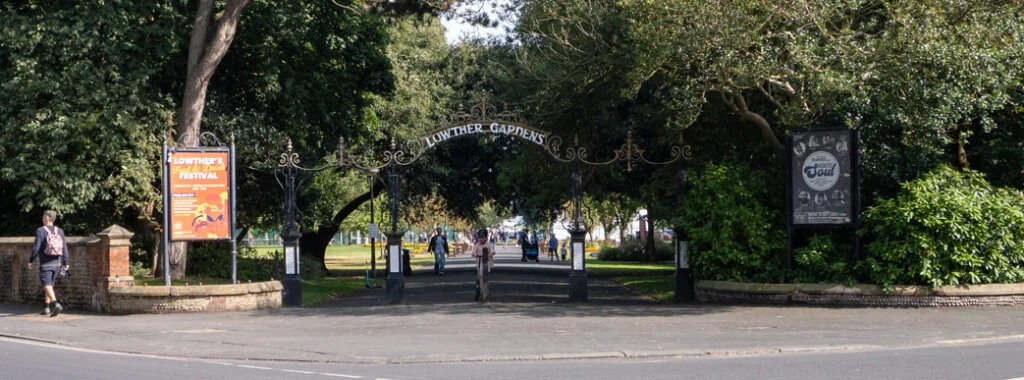



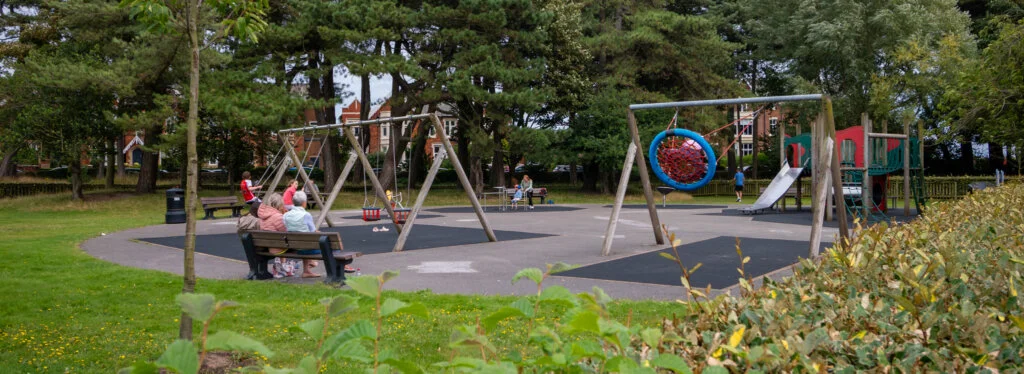
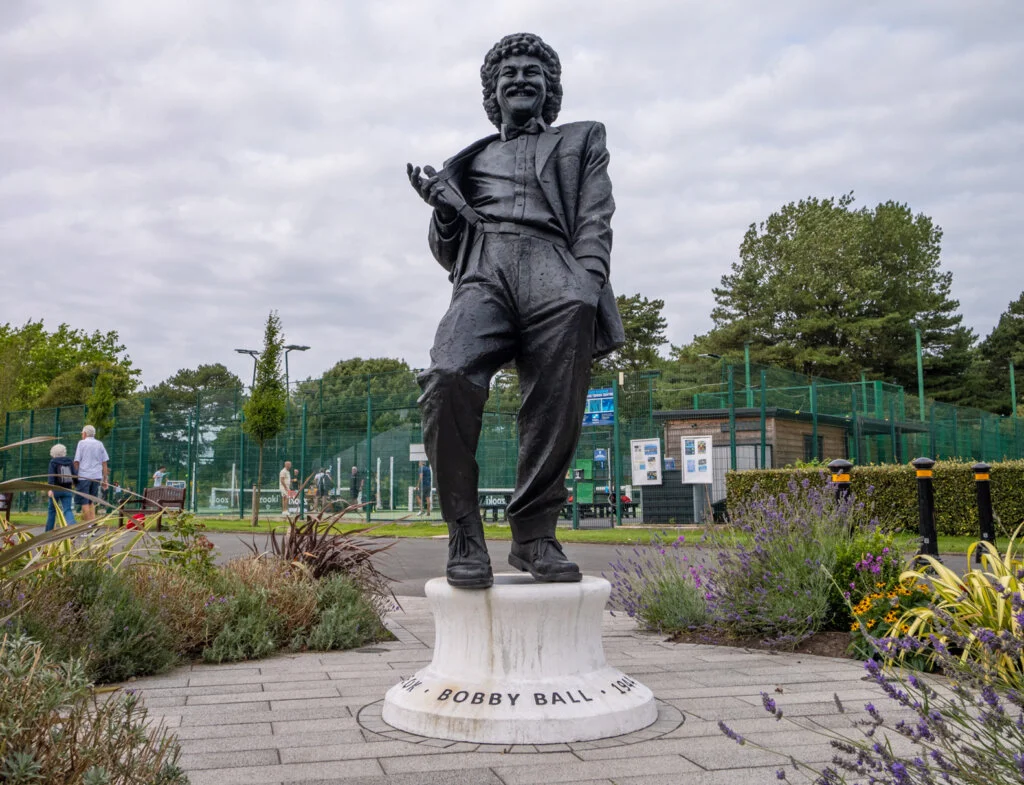
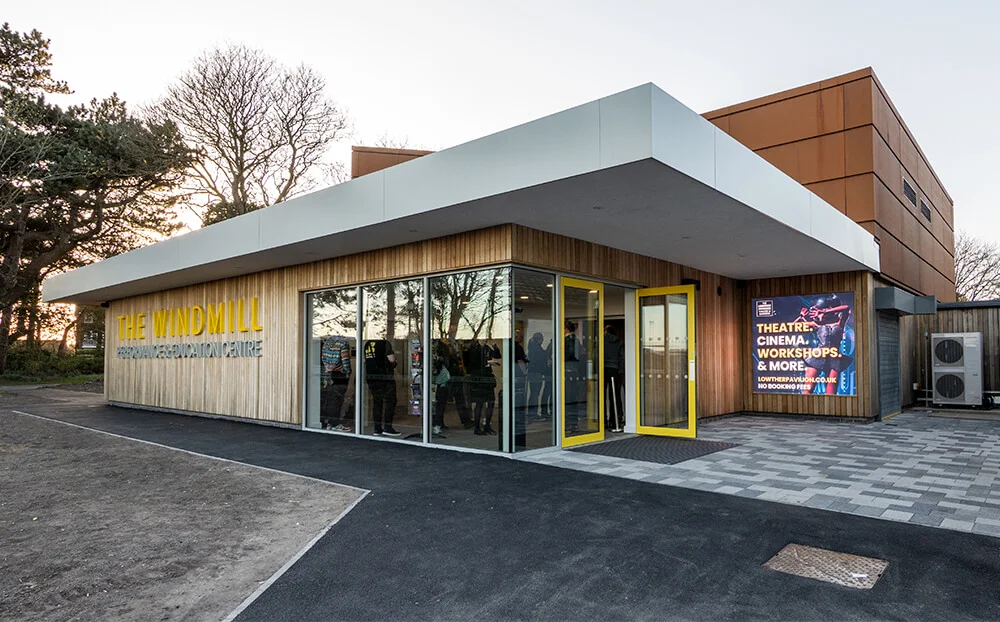
The Windmill Performance and Education Centre is just to the left of the original building.

Rear view of The Windmill Performance and Education Centre.
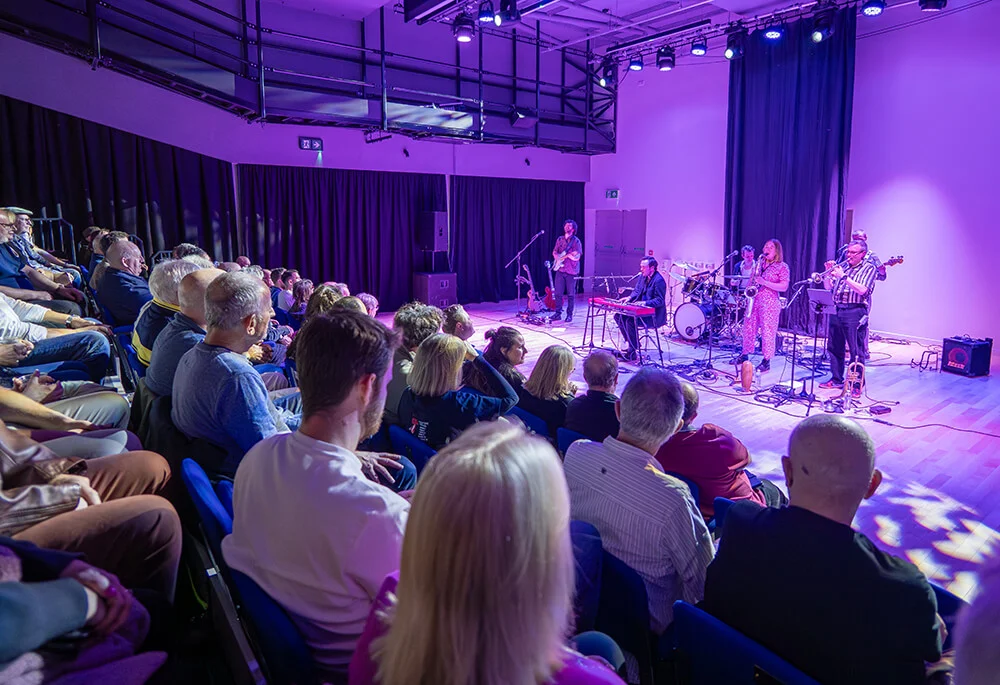
Reelin’ In The Dan performing live inside the Lowther Theatre on 5-4-2025.
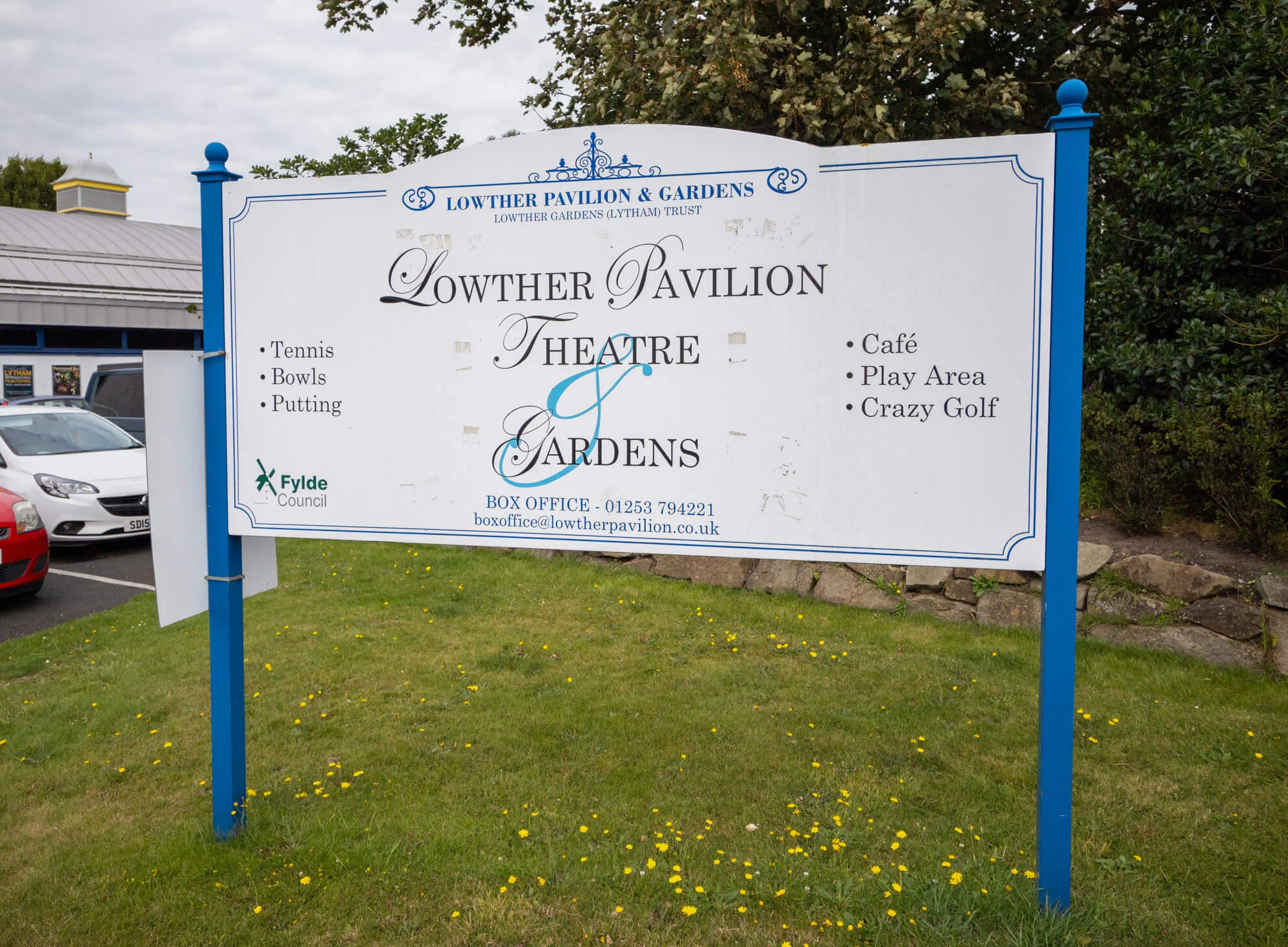
Featured Image © Deeper Blue Marketing & Design Ltd
Text source: from theirwebsite
Images by © Deeper Blue Marketing & Design Ltd






